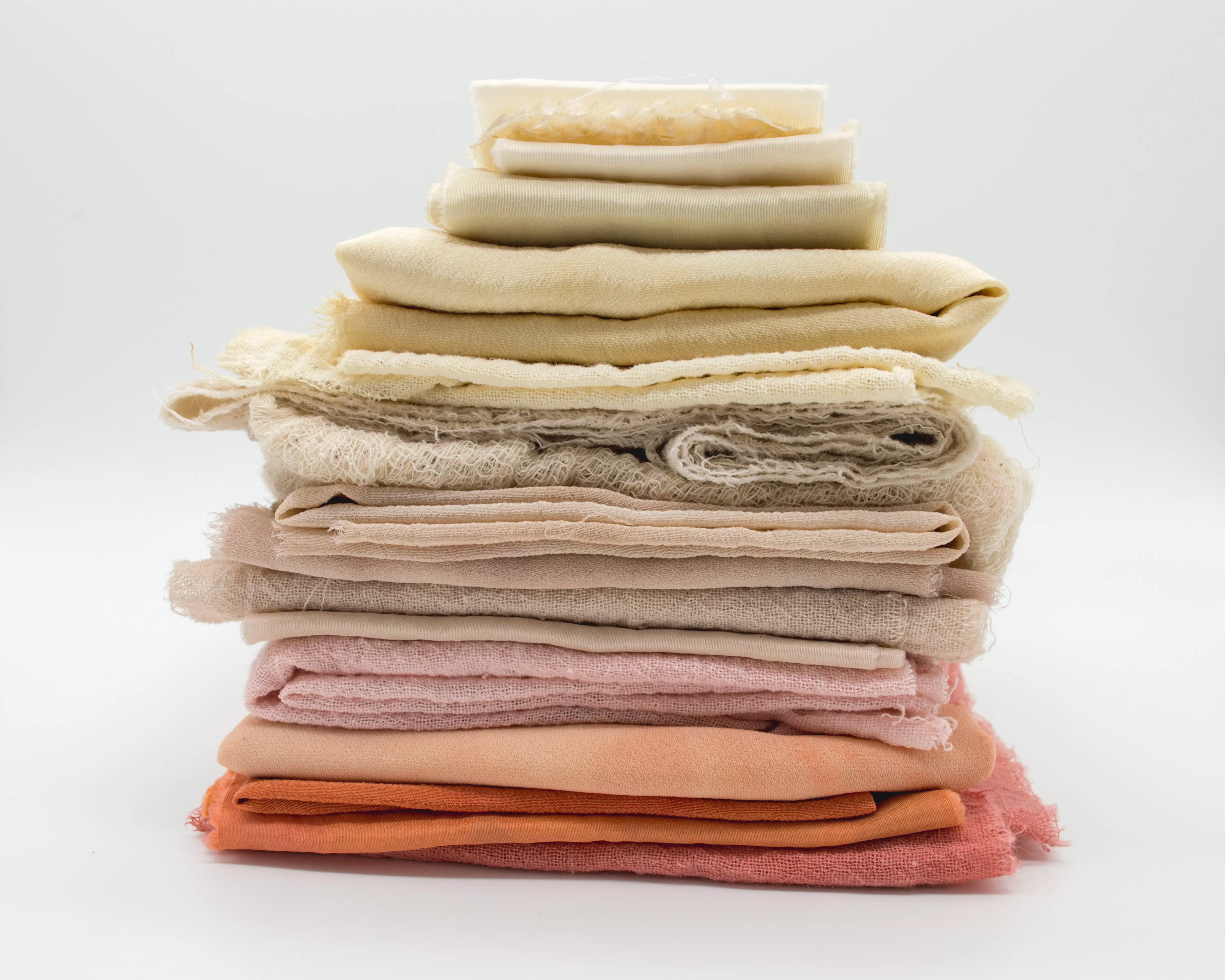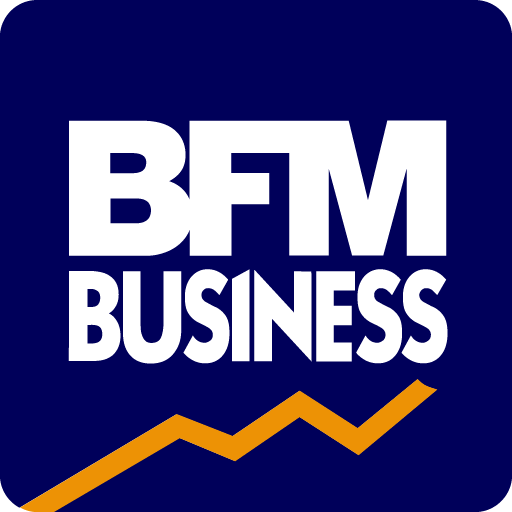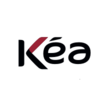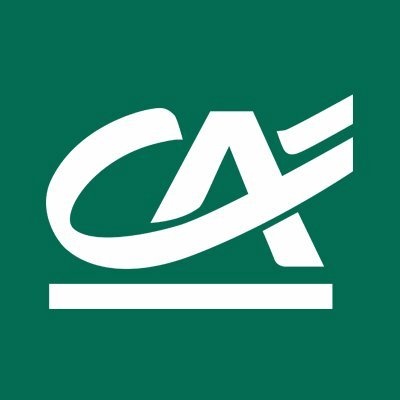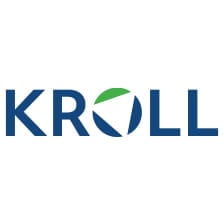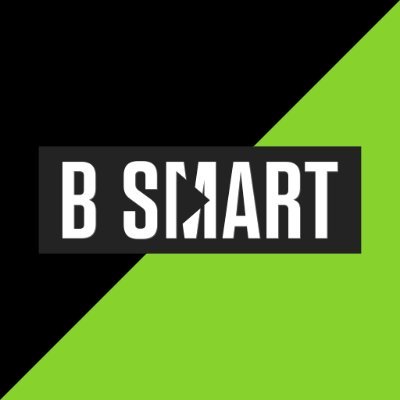Detailed content of our market study
 Inforamtion
Inforamtion
- Number of pages : 35 pages
- Format : Digital and PDF versions
- Last update :
 Summary and extracts
Summary and extracts
1 Market Overview
1.1 Definition and scope of the study
The home textiles sector, also known as household linen, includes all textile products intended for home furnishing. This sector can be divided into two basic product areas: "unpacked household linen," consisting mainly of yardage fabrics and bundle cuts, and "packaged household linen," which accounts for the main share of the sector's supply.
"Made-up household linen" is almost entirely intended for end consumers, who tend to favor aspects such as practicality and readiness for use.
In terms of this type of product, this market can be divided into two main categories:
- Household linen intended for domestic use, which are the end consumers
- Household linen on contract, i.e., restaurants, hotels, resorts, spas, airlines and shipping companies, hospitals and barracks, reached directly or through the industrial laundry channel.
These two areas are characterized by their own success factors and thus respond to different competitive pressures. However, within the scope of this study, we will focus only on the former.
The contract market is characterized by demand that is very sensitive to certain crucial variables such as price, washing resistance, and product functionality. In the second type of market there are also emotional and aesthetic variables for which the perceived message and targeted services are crucial. This particular sector is characterized by a marked tendency toward segmentation, based essentially on stylistic content, perceived quality, and the price variable, resulting in an increase in the number of collections presented. This trend seems to be confirmed by the interest shown in design lines, gift proposals with attractive packaging, and promotional incentives outside traditional sales periods.
it is also possible to make a further subdivision based on the different product categories that make up the household linen sector.
Thus, the following market segments are identified:
- Bedroom: linens, which includes products such as pillowcases, comforter covers, sheets and matching sheets, and bedding, which includes quilts, comforters, bedspreads, wool blankets
- Kitchen: dishcloths, tea towels, aprons and potholders (also coordinated)
- Bathroom: towels, bathrobes, shower mats, hand and face towels
There is a strong historical consumption of household linen in Italy. After the crisis of 2008, economic priorities shifted elsewhere for a while, however in recent years the home linen market in Italy seems to have recovered with definite year-on-year growth. Italy is one of the top countries with the highest volumes of cotton consumption for bedding in 2018 (50K metric tons). Italy had 27K metric tons of cotton bedding production volume in 2018.
Due to the COVID pandemic, the focus of production has shifted to some extent from household products and more toward hospital bedding and cloth masks. The home textile industry in Italy is dominated by indigenous companies such as Vincenzo Zucchi, Rubelli, Gabel Industria Tessile, and Caleffi.
While almost everyone is inclined to consume this product, a foray has been made with millennials and GenZ. With higher disposable incomes, who do not live with their parents, they tend to appreciate the aesthetic aspect of household linens. More conscientious consumers also consider the country of origin, sustainability in manufacturing and consumption, and labor practices when buying these products.
1.2 A growing global market
In order to analyze the overall market for household linens, the markets for bedroom, kitchen and bathroom linens are considered. In addition, the market for textiles used in making household linens is also analyzed by assuming a correlation between the first three markets and the latter.
Bedroom
In the global market for bedroom linens has reached a value of $**.** billion. Between **** and ****, the industry is expected to grow considerably at a compound annual rate of *.* percent. In ****, the market could reach a value of $***.** billion.
Global bedroom linen market World, ****-****, billion dollars Grandviewresearch
Kitchen
In ****, the global kitchen linen market is estimated to be worth $**.* billion. A compound annual growth rate of *.* percent is projected for ****-****, which will result in the market reaching a value of $**.* billion. Global kitchen linen market World, ****-****, billion dollars Transparencymarketresearch Bathroom Finally, as for the bathroom linen segment, the global market will touch $**.** billion in ****. By **** the market is projected to grow to $*.** billion thanks to an annual growth rate of *.* percent. Thus, in **** the market could be worth $**.** billion. Global bathroom linen market World, ****-****, billion dollars Databridgemarketresearch The three markets just analyzed in **** reach a combined value of $***.** billion globally. Considering ...
1.3 The Italian market
In order to analyze data on the production sold and turnover of household linen products, the category under ATECO Code **.**.** is considered. The following are considered:
Blankets of wool, synthetic fibers and other textile materials; Bed linen made of knitted, cotton, linen, ramie and other textile fabrics and materials; Table linen made of cotton, linen, man-made and synthetic textile fibers and other woven or nonwoven fabrics (***) and other textile materials; Bath and kitchen linen of terry and similar fabrics of terry cotton and other textiles.
Production sold: Between **** and ****, household linen production sold shows a swinging trend. Between **** and **** the figure is up (***). In ****, there is a sharp recovery in the sector, with production sold reaching a value of ***.* million euros, up **.*% from **** and **.*% from ****. Production of bed, bedroom and bath linens sold Italy, ****-****, in millions of euros Istat As for the breakdown among the different categories, bed linen is the main segment that leads the market, accounting for **.*% of the total production sold. Bath linen follows with **.* percent and finally kitchen linen covers **.* percent of sales.
Breakdown of production of bed, kitchen and bath linens sold Italy, ****, million Istat
Turnover
Between **** and ****, the turnover of activities devoted to the ...
1.4 The international trade of Italian household linen
To analyze the state of international trade in household linen, we will use HS Code ****: bed, table, bath and kitchen linen. From the graph below, we can see that Italy is a net importer of household linen, as imports of these products have always been greater than exports.The figure can also be found in the foreign trade coverage rate, which has always been less than *** percent in the period between **** and ****.
Imports, exports and coverage rate for household linen Italy, ****-****, in millions of euros and in % uN Comtrade
As one would expect when it comes to textiles, most of the household linen imported to Italy comes from Asian countries, such as Pakistan (***).
Breakdown of household linen imports, by main supplier countries Italy, ****, in % UN Comtrade
as for the main destination countries of Italian exports, we see the United States in a predominant position, being the recipient of **.* percent of total Italian exports of this product. The other main partners for this trade flow are France (***).
Breakdown of household linen exports, by main customer countries Italy, ****, in % UN Comtrade
1.5 The consequences of the Russian-Ukrainian conflict
The outbreak of the Russian-Ukrainian conflict in February **** resulted in, among other things, a general increase in the consumer price index. The textile sector was not exempt from the price increase, and the household linen sector also experienced not insignificant price increases. Between January **** and August ****, the consumer price index rose by *.* points. This means that over an **-month period, prices increased by nearly * percent. Compared to ****, the increase is +*.*%.
Consumer price index household textile products Italy, ****-****, base ****=*** Istat
The increase in consumer prices is merely a reflection of the increase in producer prices. In fact, always considering the period from January **** to August ****, the producer price index for textile products increased by ** points. In ** months, producer prices have increased by **.* percent. Compared to ****, the increase is **.* percentage points. Producer price index for textile products Italy, ****-****, base ****=*** Istat
2 Demand analysis
2.1 Demand characteristics
Compared to global consumers, Italians own more home textiles on average: ** bath towels (***). This path was most likely influenced by the emergence and growing popularity of household linens supplied by large accessory and appliance companies such as IKEA and Leroy Merlin, which generally sell household textiles cheaper than specialty stores
Average monthly household expenditure on home textile items (***) Italy, ****-****, in euros Source: ****
In general, the fact that Italians own more household textiles than the world average, but spend less on these items, is not necessarily contradictory. In fact, this country is world renowned for its customs and traditions when it comes to home textiles, which, more often than not, are handed down from one generation to the next and are often handmade by family members
2.2 Geographical distribution of demand
Italian consumers of home textiles and linens are unevenly distributed across the peninsula. As the attached map and table show, the highest average monthly household spending on these items is in the Northeast regions where Italians spend twice as much as their peers in the southern regions. The Italian islands of Sicily and Sardinia are the regions where average monthly household spending is closest compared to the Northwest (***), but it is still far from the *.**€/month recorded in the Northeast
Source: ****
2.3 The dynamics of the housing market
A determining factor in the demand for household linens is the evolution of the housing market and the dynamics of the furniture market in Italy. In fact, a family that invests in a house will tend to buy new furniture and consequently purchase new accessories such as table linens, kitchen linens, etc.From the graph below, we can see that the number of transactions in the residential real estate market in Italy has increased by **.* percent in the period between **** and ****, which is very positive for the home linen market.
Evolution of the number of transactions in the residential real estate market Italy, ****-****, in thousands of transaction numbers Source: ****
The home furnishings market in Italy is worth $**.* billion in ****. Between **** and **** it is expected to grow at a compound annual rate of * percent thanks to which the market will reach a value of $**.* billion.
Size of the furniture market by type Italy, ****, in billions of euros Source: ****
2.4 Home Living: the new trend behind home linens
We can sum up the concept of "Home Living" by defining it as a new way of furnishing the home, a new way of understanding and caring for it in every detail, following the rules of fashion and its trends.
After a long period when home care and home linens took a back seat, preferring mainly a very minimal and essential style, Italians are now rediscovering the taste for personalizing the home with styles that reflect tastes and identity.
Everyone, in fact, wants to give their home a personal connotation, using curtains, tablecloths, sheets and more that reflect their own style and concept of home design.
This stems from the fact that most Italians believe that the style of furniture they choose for their home environments not only reflects their personality, but also communicates something about them to the guests they welcome [***].
3 Market structure
3.1 Market value chain
United Nations Environment Source: ****
Active players in each stage of the textile value chain are depicted in the image above, from fiber to finished products to distribution and sales. The household linen and textile upholstery value chain is an adaptation of the textile and apparel value chain, characterized by textile components that appear in a variety of end markets, from building materials to air filters, from automotive fabrics to upholstered furniture.
The industry can thus be segmented in various ways, such as:
By fiber type (***); By fabric production process (***); By finishing process of the fabric (***); By end use (***).
3.2 The enterprises in the sector
For this aspect of the market, we consider data provided by ISTAT for activities registered under ATECO Code **.**.** "Manufacture of bed, table and furnishing linen." The number of enterprises, legal form and number of employees are considered.
Enterprises
The number of enterprises involved in these activities in Italy appears to be growing between **** and **** (***).
Evolution of the number of enterprises producing bed, table and furniture linens legal form
Regarding the legal form of businesses involved in the activities described by the ATECO code above, we can see in the graph below how sole proprietors, freelancers, and self-employed account for the largest portion of the market (***). This is followed by limited liability companies at **.* percent, general partnerships at **.* percent, and finally other legal forms *.* percent.
Legal form enterprises for the manufacture of bed, table and furniture linens Italy, ****, in percent Istat Employees The number of employees of enterprises in the sector appears to be increasing between **** and ****, +*.*%. However, during the period under consideration, the trend in the number of employees is fluctuating: between **** and **** the figure is growth of **.* percent while between **** and **** the decline is *.* percent. The trend in the number of adetti thus tracks that of enterprises, thus demonstrating a ...
3.3 Distribution and outlets
For this aspect of the market, we consider data provided by ISTAT for activities registered under ATECO code **.**.** "Retail trade in clothing, furnishing and household linen fabrics." The number of enterprises, legal form and number of employees are considered.
Enterprises
The number of enterprises active in this sector has been on a downward trend between **** and ****, with a decrease of **.*% in * years. The trend is negative throughout the period, and the decline is constant between years.
Evolution of the number of specialty stores in the textile retail trade Italy, ****-****, in number of enterprises Source: ****
Legal form
Regarding the legal form of businesses, sole proprietors, freelancers and the self-employed account for the largest share (***) of retail stores specializing in textile products. Limited liability companies stand at **.* percent while general partnerships account for **.* percent of the total. Other forms of business gather *.* percent of activities.
Breakdown of textile retail trade in specialty stores, by legal form Italy, ****, in % Source: ****
Adjuncts
Finally, the number of adjuncts at specialty stores appears to be declining between **** and ****. Over the *-year period, the decline is -**.* percent, and the decline is homogenous throughout the entire period. The negative trend closely follows the trend in the number ...
3.4 Leading Italian home textile companies
The following graphs illustrate Italy's leading home textile companies. Specifically, the companies have been divided into businesses devoted to manufacturing and businesses devoted to retail.
Manufacturing
Leading Italian companies in the home textile sector, by turnover Italy, ****, in millions of euros Source: ****
Distribution
Italy's leading companies in the apparel, furniture and home textiles trade, by turnover Italy, ****, in millions of euros ReportCompanies
4 Supply analysis
4.1 Overview of the offer
Household linens can be segmented into six types of products:
Bed sheets, comforter covers, pillowcases; The bedding items: comforters, pillows, plaids, blankets, bedspreads, quilts, etc; The bathroom linen: towels, gloves, bathrobes; The table linen: tablecloths, napkins; The kitchen linen: dishcloths, towels; Textile decoration: upholstery fabrics, curtains, veils.
As for the fabrics used in production:
Bed linen is mainly made of: Percale: a dense plain weave fabric made from both carded and combed cotton. These types of sheets are the most valuable: the high thread count gives the fabric a velvety feel. Flannel: a soft, lightweight fabric with a herringbone weave, usually made of cotton with a hairy trim on one or both sides. The raised surface provides a fluffy appearance, offering a pleasant feel. Great for keeping warm during the cold winter months. Jersey: a shirred knit fabric. The fabric is made by circular, flat or warp knitting methods. Very stretchy, with good drape qualities. Rasatello: a fabric structure that has apparently more threads on the right side of the fabric than other basic fabrics; this gives the fabric more softness and a shinier appearance.
(***)
Bath linen uses: Cotton: an excellent material that can absorb large amounts of water Microfiber: ...
4.2 Prices
As the category of household linen is extremely broad and includes many product categories, in order to analyze the price ranges in this market, we will select one product category from each major sub-division of the market and compare its prices among different companies.
Bed linen: sheet sets; The bath linen: bathrobes; The table and kitchen linen: tablecloths;
Product category Company Price range (***) Double flat sheet sets Vincenzo Zucchi €**.**-€**.** Caleffi €**.**-€**.** IKEA €**.**-€**.** Maisons du Monde €**.**-€***.** Zara Home €**.**-€***.** Bathrobes Vincenzo Zucchi €**.**-€**.** Caleffi €**.**-€***.** IKEA €**.**-€**.** Maisons du Monde €**.**-€**.** Zara Home €**.**-€**.** Tablecloths Vincenzo Zucchi €**.**-€**.** Caleffi €**.**-€**.** IKEA €*.**-€**.** Maisons du Monde €**.**-€***.** Zara Home €**.**-***.**
4.3 The trend of natural fibers
Textile companies are trying to offer natural materials, the production of which is environmentally friendly, in order to meet the growing concerns of consumers sensitive to sustainability issues. it is highly likely that this trend will characterize future collections and could lead to a close association between the textile and agricultural sectors.
Recently, Donne in Campo, an association of the Cia-Agricoltori Italiani (***) registered the trademark "agritessuti," in order to create a ***% eco-sustainable Made in Italy textile supply chain that uses natural fabrics with natural dyes made from agricultural products and waste, such as the leaves of white artichokes, the "tunics" of coppery onions, pomegranate peels, chestnut husks or the pruning residues of cherry and olive trees.
In addition, the UN has called for new production systems with lower environmental impact by **** for the textile industry, considering that it is one of the most polluting.
In the field of domestic fashion, companies are recently rediscovering an ancient product, but one that had been sidelined in recent years, hemp fiber. Italy until World War II was the world's largest producer of hemp, after Russia. The fiber was later replaced by cotton or nylon. As of ****, however, it is again possible to produce hemp ...
5 Regulations
5.1 Market regulation
Textile products are defined as all products which, in their raw, semi-worked, manufactured, semi-finished, or semi-made-up state, are composed exclusively of textile fibers, regardless of the mixing or joining process used.
The following are assimilated to textile products:
products whose textile fibers constitute at least ** percent by weight; textiles, the textile components of which constitute at least ** percent by weight, for covering furniture, umbrellas, parasols, and, under the same conditions, the textile components of multi-layer floor coverings, mattresses and camping goods, and insulating linings of footwear and gloves; textile products incorporated into other products of which they are an integral part, when their composition is specified.
The composition labeling requirement does not apply:
to textile products given for processing to home workers or independent enterprises working from materials supplied to them without giving rise to a transfer for consideration; textile products made to measure by tailors acting as self-employed workers; to products listed in Annex V of EU Regulation No. ****/****
Household linen, like all textile products, must therefore meet certain standards in terms of
Chemicals: the European Reach regulation sets the legislative framework for the use of chemicals. Labeling: textile products must be labeled so that their fiber composition is known ...
6 Positioning of players
6.1 Segmentation
- Vincenzo Zucchi
- Gabel Industria Tessile
- Dedar
- Caleffi
- Gentili Mosconi
- Rubelli
- Frette
- IKEA Italia
- Maisons du Monde Italia
All our studies are available online in PDF format
Take a look at an example of our research on another market!
 Choosing this study means :
Choosing this study means :
Access to more than 35 hours of work
Our studies are the result of over 35 hours of research and analysis. Using our studies allows you to devote more time and added value to your projects.
Benefit from 6 years' experience and over 1,500 industry reports already produced
Our expertise enables us to produce comprehensive studies in all sectors, including niche and emerging markets.
Our know-how and methodology enable us to produce reports that offer unique value for money.
Access to several thousand articles and paid-for data
Businesscoot has access to all the paid economic press as well as exclusive databases to carry out its market research (over 30,000 articles and private sources).
To enhance our research, our analysts also use web indicators (semrush, trends, etc.) to identify market trends and company strategies. (Consult our paying sources)
Guaranteed support after your purchase
A team dedicated to after-sales service, to guarantee you a high level of satisfaction. +44 238 097 0676
A digital format designed for our users
Not only do you have access to a PDF, but also to a digital version designed for our customers. This version gives you access to sources, data in Excel format and graphics. The content of the study can therefore be easily retrieved and adapted for your specific needs.
 Our offers :
Our offers :
the household linen market | Italy
- What are the figures on the size and growth of the market?
- What is driving the growth of the market and its evolution?
- What is the positioning of companies in the value chain?
- Data from several dozen databases
5 reports pack (-15%) IT Italy
- 5 reports at €75.6 excluding VAT per study to choose from our Italian catalogue for 12 months
- Save 15% on additional studies purchased
- Choose to be refunded any unused credit at the end of the 12-month period (duration of the pack)
See the terms and conditions of the pack and the refund of unused credit.
